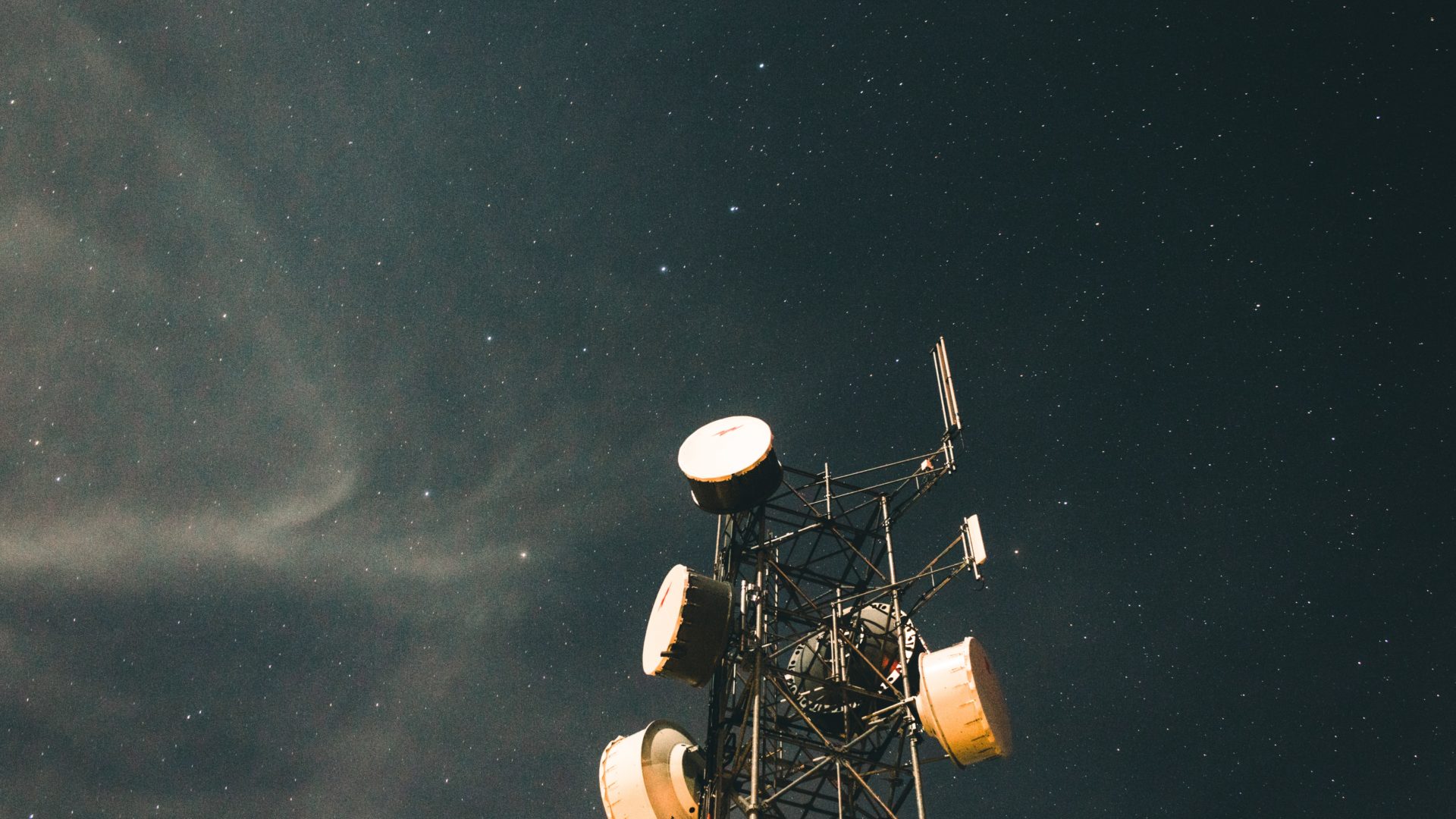We are excited to announce the world’s first fully fault tolerant grid supporting data center design – and it’s ours.
Alongside this, we are looking ahead to a future where exploring ideas and realizing goals that give back to humanity is even more achievable with a newly formed visionary think tank and fund, codename: SIGMA.
Power Grid Challenges caused by the recent Texas Winter Storm have shown us something we’ve been thinking about for a while; that disaster events like these can be better avoided by having a data center design that is centered around supporting the power grid and transferring to more green energy. So that’s what we’ve done.
Moving from Grid-Supported, to Grid-Supporting
It’s time for us to take the environmental impact of computes seriously. By allowing us to utilize multiple types of fuel for generation, our new design is moving beyond traditional diesel. With this comes the possibility of a new position for data centers. Instead of being supported by power from the grid, they can now be designed to provide support for the grid, which will unlock additional capabilities for green energy.
As Jeff Hinkle, CEO of TRG Datacenters explains:
“Utilizing different generation methodologies allows for us to change how we think about our relationship with the grid. Instead of designing data centers to be supported by the grid, we are now designing data centers to have a place supporting the grid – thereby cementing the role of compute as part of the grid as an ancillary service provider and contributor to the stability of the local community.”
“More generally we are defining a new class of assets and hope to change how people think about reliability and any type of load as grid-supporting assets versus grid-supported assets. The implications are far broader than just data centers.”
Moving from Reliable to Ultra-reliable
A major hurdle with accomplishing this new step for data centers was reliability.
The design is unique in that, after a failure inside the facility or a total loss of generation source, the system operates at a fully fault tolerant capability. This is called “post fault”.
The post fault condition will be on par with best in breed facilities today, putting us in a different universe of reliability versus current designs, all while allowing us to build a green future.
As Chris Hinkle, CTO of TRG Datacenters said:
“Excitingly, this new level of reliability is part of a new class of Ultra High Reliability Systems. To me, data centers are like a practice for being a multi-planet species. In space, if the lights go out, you die. Ultra high reliability terrestrial data center architectures are a great proving ground for what will eventually be required for mankind to become a multi-planet species.
Achieving >9 9’s of reliability and allowing for the flexibility of multiple generation sources in a highly efficient fashion represents a cross section of engineering and economics that will help shape the future of humanity, and we are excited to be near the front of it. We look forward to establishing working groups on technology transfer to companies like SpaceX and Tesla who already have a strong presence in distributed energy and space.”

This is a picture of mission control. These teams are responsible for supporting a few people in space. Now imagine millions of people in space.
The problems of data centers today (terrestrial mission critical assets) will become the problems of habited space environments tomorrow. The problems of reliability, human error, alarm fatigue, and labor shortages that face data centers today will face humanity as we scale to the stars.
We view our data centers as a laboratory to develop our strategy that we will use at a humanity scale one day. This is part of a broader effort we are developing (soon to be announced) to find areas of the great filter that we have not solved or thought about yet. It’s time to get to work.
What’s Next?
This is a have your cake and eat it type situation. There is no reason why the world shouldn’t immediately start looking at doing these things. There are ancillary services projects operating on their own, and need for more, as evidenced by the recent Texas storm. Grid scale batteries, distributed generation, we need it all and can use it all simultaneously for a new class of asset in grid supporting data centers.
codename: SIGMA
These new developments in data center design is just the beginning of things to come. With the brand new think tank, codename: SIGMA, ideas and innovations can be catapulted forward.
As Chris Hinkle TRG Datacenter’s CTO and founder of codename: SIGMA explains:
“TRG Datacenters and our work on Ultra Reliable Systems will be a starting point of a much bigger story and set of goals of things I want to give humanity.
The Long Term Probability of Survival Of The Human Race Is Nearly Zero, and we are here to change that.
I am announcing the formation of codename: SIGMA. With this group, I share the pattern of my life’s work. codename: SIGMA is a Visionary Think Tank & Fund Focused On Incubating And Exploring requirements to pass the great filter.
We uncover big problems by helping to define necessary but yet unexplored elements to our species survival – we call this “the pattern”. We will invest in technologies that find the cross section of engineering and economics that may be employed to advance humanity.
I hope that by defining the pattern, that will inform and inspire efforts required to pass the next great filter and ensure the continued survival of humanity. Public awareness and support of these coming major projects will be crucial to achieve our goals.”







